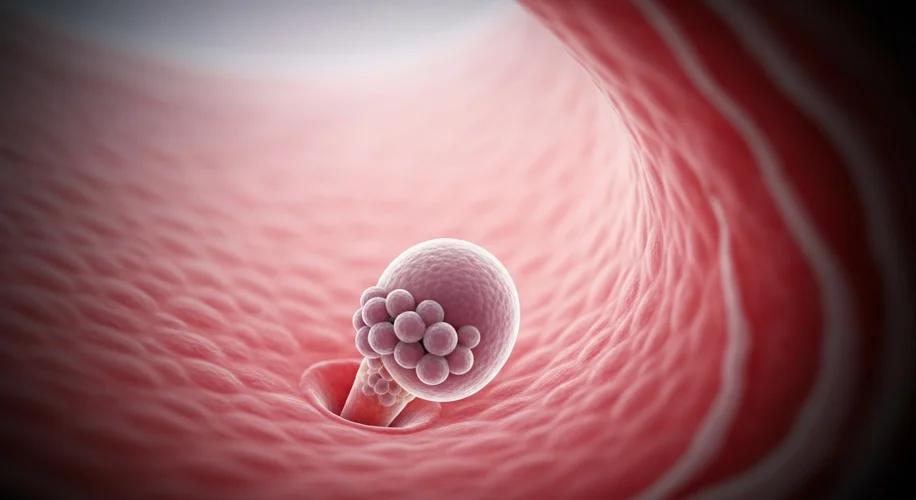Did you know that scientists have just captured the first-ever footage of a human embryo implanting in a uterus? This is a pretty big deal in developmental biology.
For years, we’ve studied this crucial step in human development through indirect methods or by looking at animal models. But now, thanks to incredible advancements in imaging technology, we’re getting an unprecedented, direct view of this fundamental moment.
What exactly are we seeing?
The footage shows a microscopic view of the early stages of pregnancy. An embryo, just a tiny cluster of cells at this point, begins the process of attaching itself to the uterine wall. This implantation is a critical checkpoint. If it doesn’t happen correctly, a pregnancy cannot continue. The video provides a detailed look at the interaction between the embryo and the uterine lining, showing how the embryo establishes a connection to start receiving nutrients and support.
Why is this important?
This research opens up so many avenues for understanding early human development. For starters, it could help us better understand why some pregnancies don’t succeed. Many early miscarriages happen because implantation fails or is abnormal. By observing this process in real-time, scientists can identify potential issues and perhaps develop new ways to help couples facing infertility.
It also gives us a much clearer picture of the intricate biological signals and cellular movements involved. Think of it as getting a high-definition map of a process we only had a blurry sketch of before.
Looking Ahead: Ethical Considerations and Future Implications
As with any groundbreaking scientific advance in reproduction, there are ethical considerations to keep in mind. This research will likely spark important conversations about the earliest stages of life and how we study it. Scientists involved are committed to responsible research practices.
The implications are vast. We could see improvements in:
- Infertility treatments: Developing more effective IVF techniques or new ways to support implantation.
- Understanding pregnancy complications: Gaining insights into conditions like recurrent implantation failure.
- Early diagnostics: Potentially identifying issues with implantation much earlier than currently possible.
It’s truly fascinating to witness these moments in science, offering us a deeper appreciation for the complex processes that begin life. This new visual data will undoubtedly fuel years of research and discovery.

